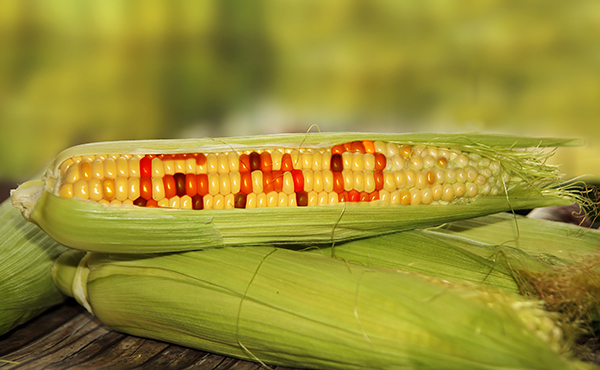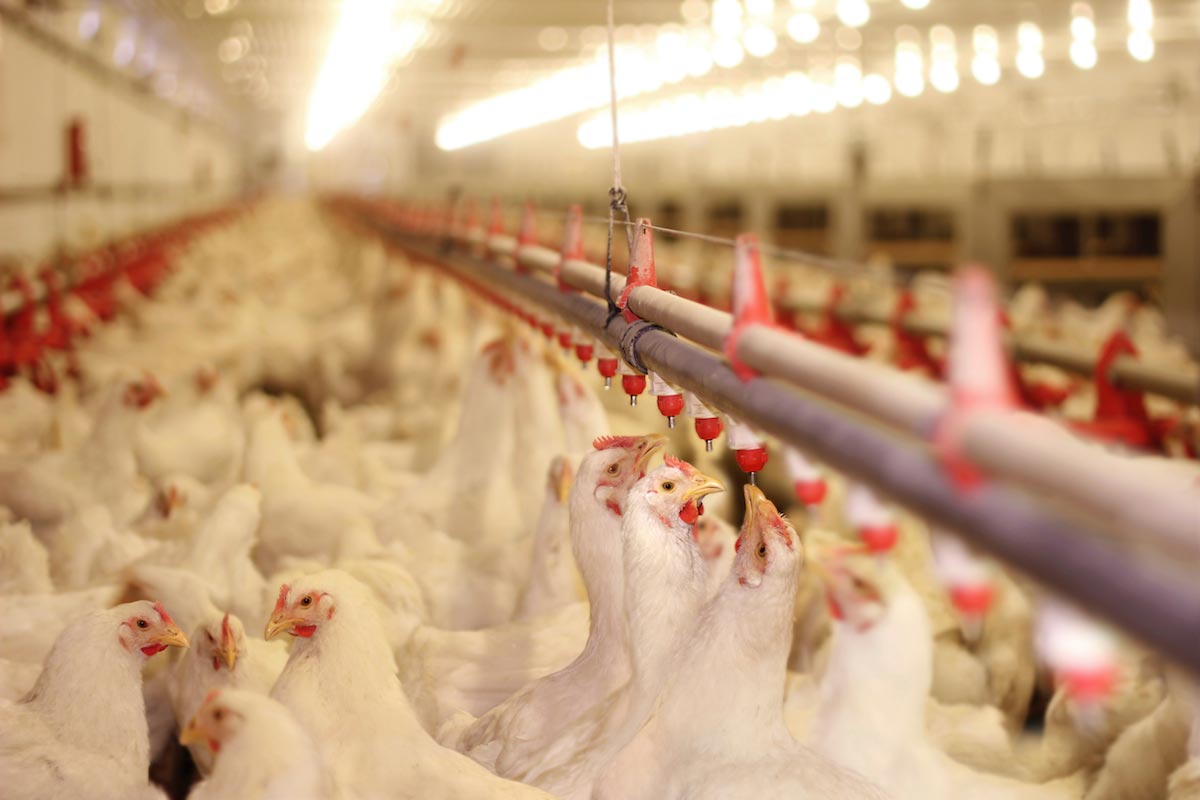
Experts say that the strain of E. coli being found in these chickens doesn't cause the typical diarrhea and vomiting associated with its namesake, but there may be other effects. They fear that this particular strain of bacteria can actually inhabit the gut for several years, and may cause future antibiotic resistance in the face of other infections.
Escherichia coli is a large and diverse group of bacteria. Some are harmless, while others can cause any number of symptoms. In addition to the common symptoms of food-borne illness such as diarrhea and vomiting, E. coli can also cause urinary tract infections, respiratory infections, pneumonia, and other illnesses. Given that bacteria are rather efficient at spreading antibiotic resistance, you can see where this could become problematic.
Researchers from the Department for Environment, Food and Rural affairs (Defra) and Public Health England joined forces to collect samples of poultry from supermarkets, butchers' shops and other smaller stores and examine them for E. coli. Meat was gathered from some of their most popular stores, such as Tesco, Sainsbury's, Asda, and Morrison's -- and 80 percent of it was farmed right in the UK.
Their findings yielded some interesting results. Chicken in England was found to be the most contaminated, with 78 percent of it containing the bacteria. In Scotland, researchers found that 53 percent contained E. coli, while only 41 percent of chicken was contaminated in Wales.
One theory behind the overwhelming presence of E. coli in the chicken is that it is the result of heavy antibiotic use in poultry farming.
The use of antibiotics in livestock has been heavily scrutinized, and for good reason -- it is a huge threat to public safety. As the Alliance for the Prudent Use of Antibiotics (APUA) notes, over half of the antibiotics used in just the United States are being used in animal food production. This overuse is a problem that simply is not acknowledged enough. In both human and veterinary medicine, when bacteria are exposed to antimicrobial agents, their potential for developing resistance increases. This happens with every single exposure. Antibiotic resistance can lead to infections with even relatively common pathogens that are resistant to standard treatments, and increase the number of infections that occur.
The relationship between antibiotic use in animals and antibiotic resistance in humans has been a topic of immense discussion and research. Evidence that the overuse of antibiotics in food production is indeed playing a role in the growth and spread of so-called superbugs is continuing to pile up. Even the federal government's Interagency Task Force on Antimicrobial Resistance has stated, “[T]he extensive use of antimicrobial drugs has resulted in drug resistance that threatens to reverse the medical advances of the last seventy years.”
While there has been some effort to encourage doctors and patients to not rely so heavily on antibiotics, little has been done to stop the overuse of these medications in the agricultural industry. Antibiotic resistance is a global problem that will persist and continue to worsen if it is not addressed by the world at large. While there have been some strides made toward reducing the use of antibiotics in food -- such as large chain restaurants appeasing to consumer demands and removing antibiotics from their products -- we still have a long way to go.
In 2014, when the WHO first reported on antibiotic resistance, Dr Keiji Fukuda, the WHO’s Assistant Director-General for Health Security stated, "without urgent, coordinated action by many stakeholders, the world is headed for a post-antibiotic era, in which common infections and minor injuries which have been treatable for decades can once again kill."
Sources:
Please contact us for more information.























